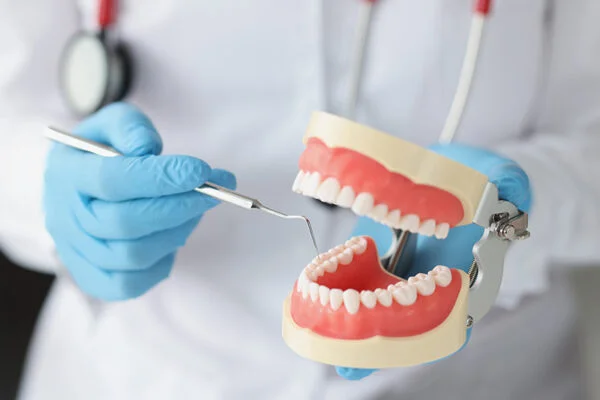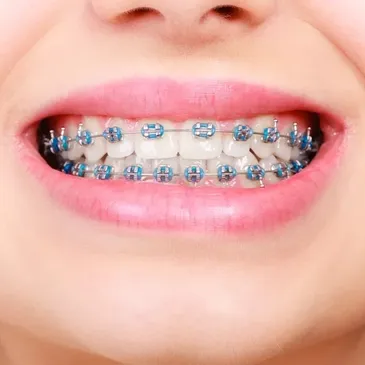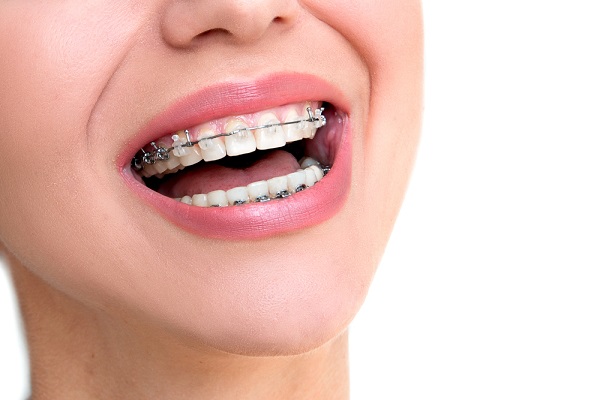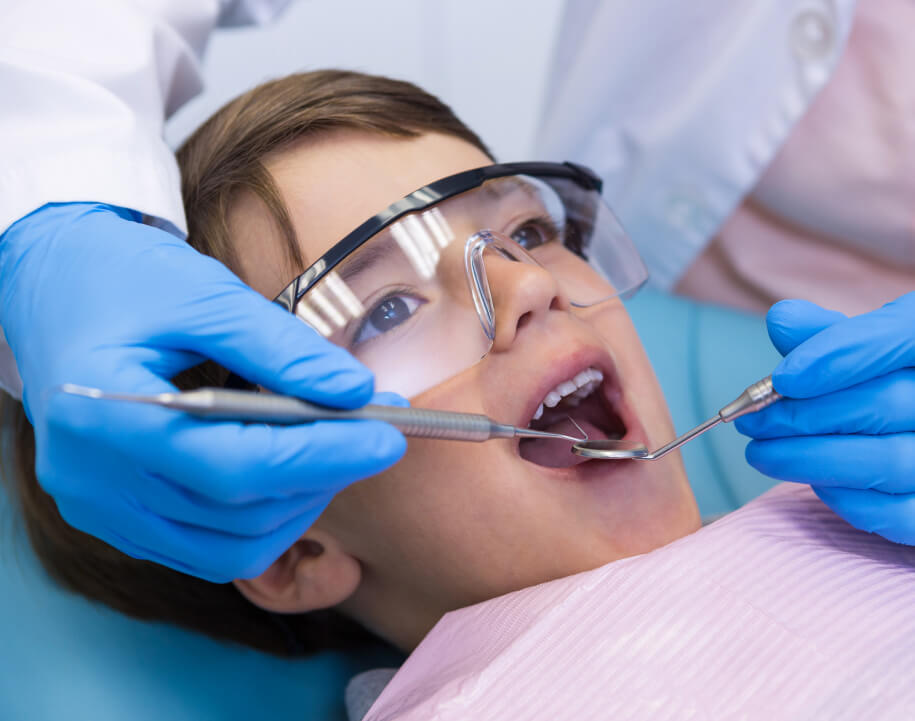Treatment Details
TEETH ALIGNMENT
Proper alignment is determined by the size and position of the supporting skeletal structure, and then, more specifically, a tooth’s size, shape, and position in the face and mouth. When this alignment is off, there is a problem with your “bite.”
Bite problems, if untreated, can have serious consequences, including tooth decay, gum disease, and even speech problems

Teeth braces are dental tools designed to correct the alignment of teeth that may be crooked, crowded, or have gaps. They are made up of several brackets attached to each individual tooth and then collectively joined by a wire that makes realignment of the teeth possible. Teeth braces are also used to fix abnormal bite, such as overbite and under bite, and restore your oral functions. While teeth braces are often used for cosmetic purposes, they are also sometimes recommended to improve the function of your teeth and mouth, such as in speaking, eating, or chewing.
There are 5 main types of braces available
- 1. Metal braces
- 2. Ceramic braces
- 3. Self-ligating braces
- 4. Lingual braces
- 5. Clear aligners like Invisalign
1.Metal braces
Metal or traditional braces are the most common type of braces Metal braces are most popular among children and adolescent patients. They work by applying the braces to the teeth and connecting them with a wire. The wire is tied to the braces using elastic ties, which come in an array colors to choose from. To move the teeth, the orthodontist makes adjustments to the wire at your appointments every 4-8 weeks. Metal braces require care and attention and good oral hygiene is a must throughout treatment.


2.Ceramic Braces
Ceramic braces are braces made of clear, tooth colored material. They work in the same way as metal braces, but are more discreet and less visible. Ceramic braces are most popular among patients who do not think Invisalign or lingual braces are right for them, but who still want to straighten their teeth in a discreet and affordable way. These patients tend to be esthetically-driven adolescents and adults.
Compared to metal braces, ceramic braces are less noticeable and present an affordable alternative to metal braces
3.Self-ligating Braces
Self-ligating braces work similarly to metal and ceramic braces and are available in metal or clear/ceramic material. They too rely on braces and a wire to move the teeth. The difference between self-ligating braces compared to metal or ceramic braces is that self-ligating braces use doors or clips to hold the wire in place, rather than elastic rubber ties.
We have found that self-ligating braces result in mildly shorter appointment times because of how easy they are to adjust. They are therefore a good choice for:
- Patients who are more sensitive to discomfort
- Patients who cannot sit still in the dental chair for very long
- Patients with developmental delays and orthodontic need.

Special Offer
Get Free Consultation With Our Experts
Everything you need to feel healthy and beautiful











